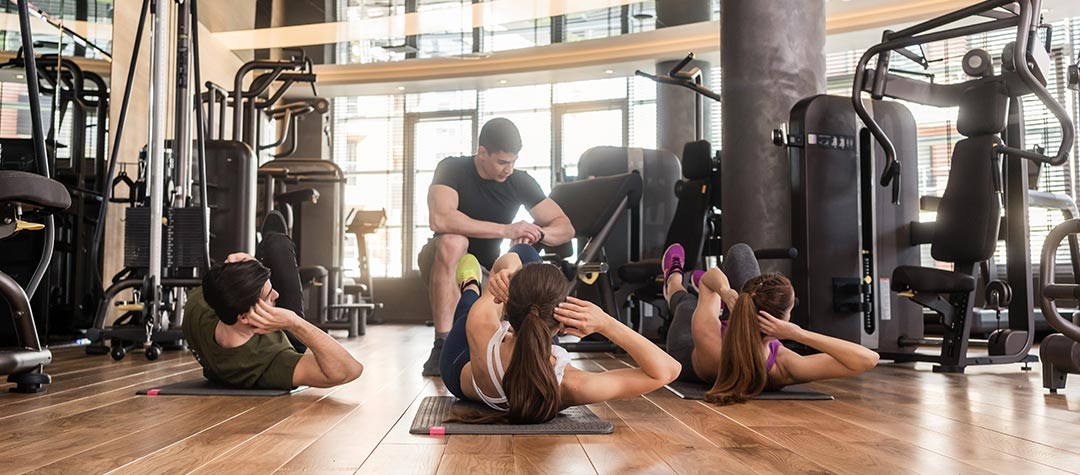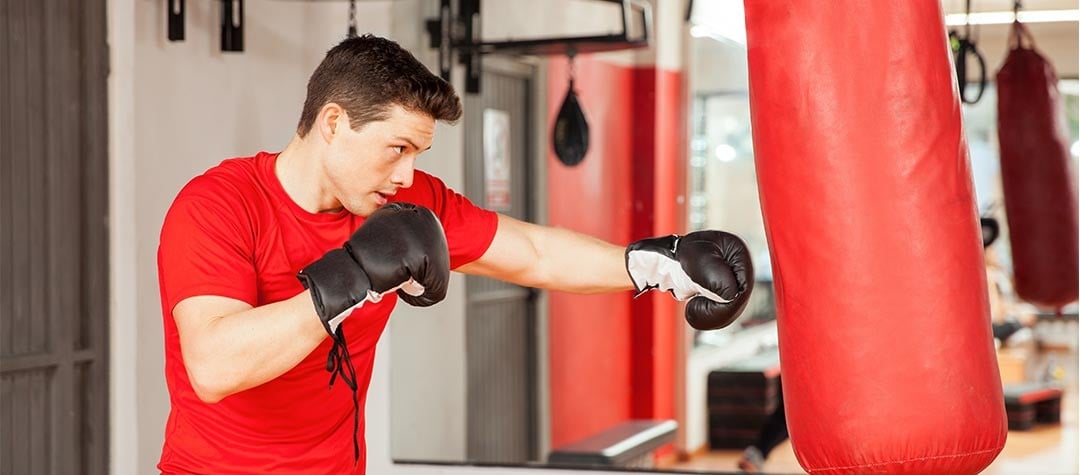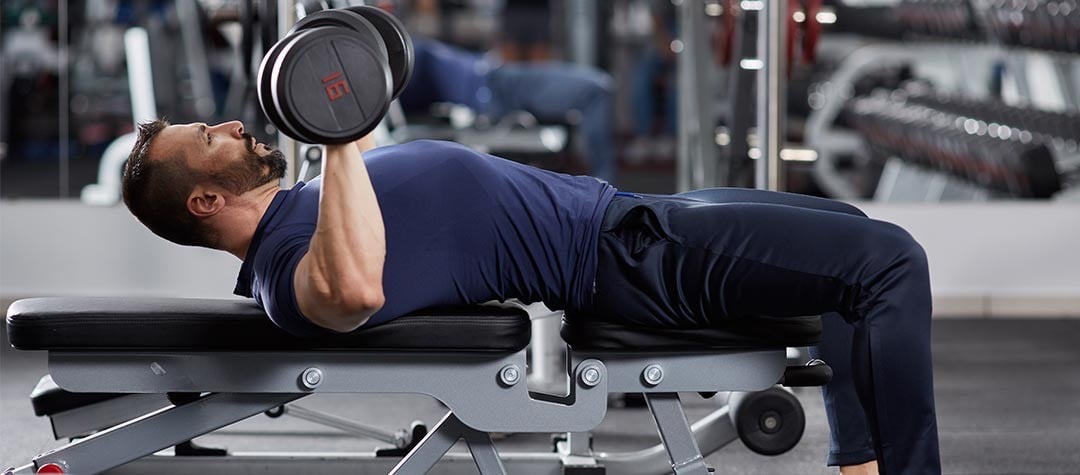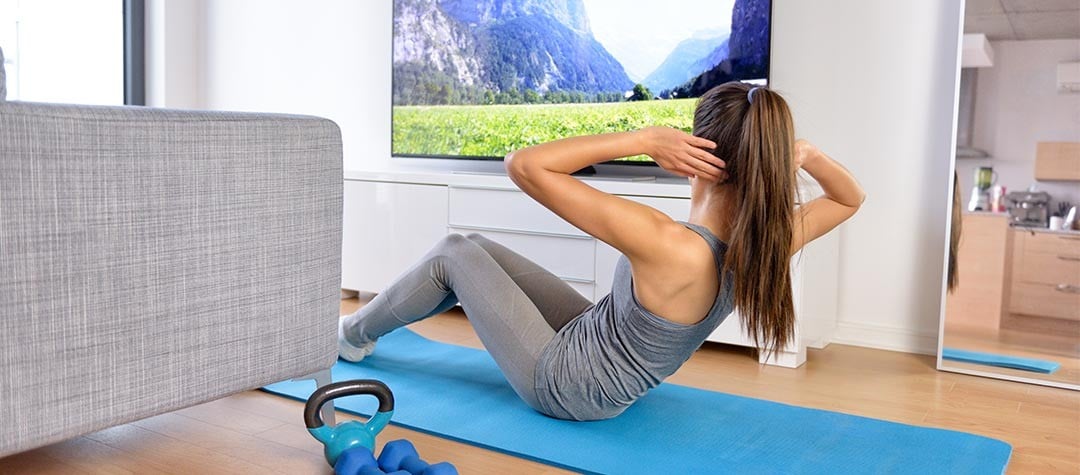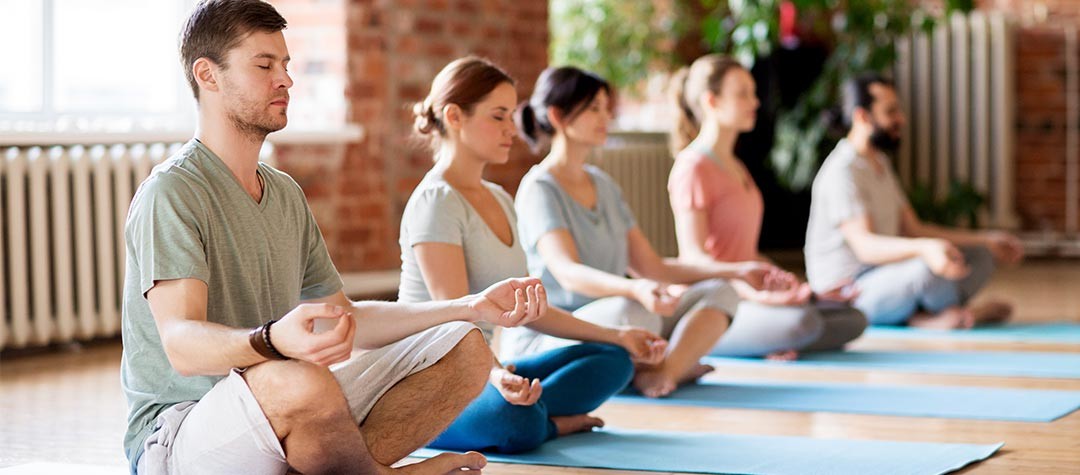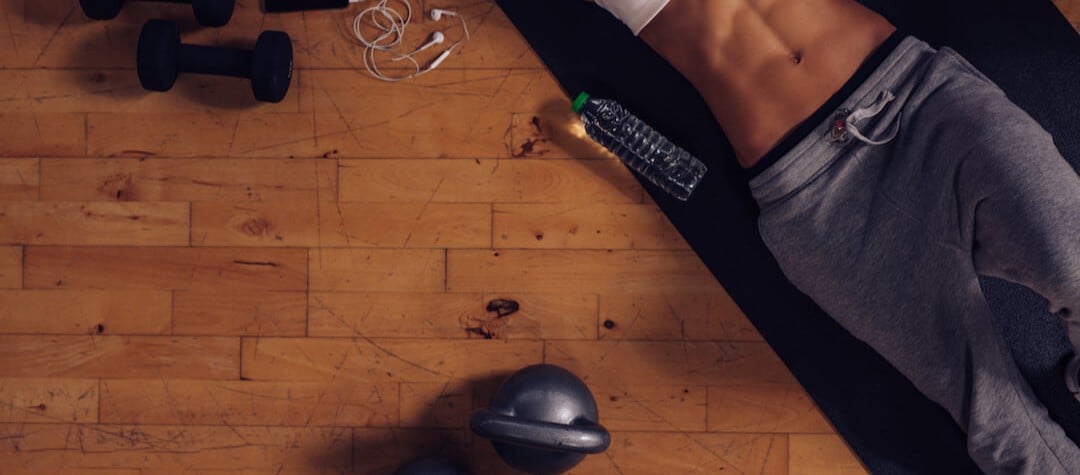The major building blocks of fitness are often penned the three ‘S’s: Stamina, Strength and Suppleness. So, what gains are there from getting fit and how should we achieve it?
Stamina
In terms of your health, stamina is perhaps the most important aspect of fitness. Aerobic fitness (or cardiovascular fitness ) relates to the efficiency of your heart and lungs. Someone who is aerobically fit is not only more able to get through that workout video without giving up, they are also able to deal with daily tasks, stresses and strains without feeling burned out by the end of the day. But despite its name, you don’t have to ‘do aerobics’ to get aerobically fit. Star jumps and grapevines are fine, if that’s your thing, but if not, you can gain and maintain stamina through any number of activities – most commonly ones that use the large muscles of the legs and body, require large amounts of oxygen and are prolonged and repetitive.
For example, walking briskly, running, dancing, swimming or cycling. The harder you work during aerobic exercise, the more calories you’ll burn, but there’s a pay-off to be made between intensity and duration. That’s why it is so important to vary shorter, harder sessions with longer easier ones. It’s also vital to allow your body time to adapt gradually by building up your aerobics workouts slowly but surely, therefore minimising the risk of injury.
Working out for increased stamina
Since cardiovascular fitness is so important to health, experts recommend that we aim to get 30 minutes a day of aerobic activity on most days of the week. That doesn’t necessarily need to be all in one go – in fact, some studies have shown that breaking exercise down into mini bouts, of approximately 10 minutes, actually burns more calories than doing one prolonged session, due to the effect of exercise on metabolism. If you want to go beyond merely safeguarding your health, however, you should aim to work a little harder in some of your aerobic activities. The American College of Sports Medicine recommends two to five sessions of more vigorous exercise, lasting 20-50 minutes.
Strength through resistance training
The importance of strength goes far beyond building muscles and being able to lift heavy objects. Performed regularly, it’ll reward you with a faster metabolism, less body fat, a toned, firmer physique and stronger connective tissues and bones. There is also strong evidence that suggests strength or resistance training can favourably modify several risk factors for heart disease and diabetes, including lipid and cholesterol levels, blood pressure, body composition and glucose metabolism.
Resistance training is also recognised as a great way to burn calories. Even once your resistance training has finished, your body will continue to burn calories as a result of EPOC (Excessive Post-exercise Oxygen Consumption). As the oxygen demands on the body have been high during training, the body will take longer to recover to its resting state. Therefore the body will still be burning calories long after the exercise has finished.
How muscle mass helps you burn calories
One pound (0.45 kg) of fat uses just a handful of calories to maintain itself each day. A pound of muscle, however, is far more ‘energy-hungry’ requiring approximately 45 calories a day. So, replace two pounds of fat with two pounds of muscle and you’ll actually be burning 90 more calories every day, even when you’re not exercising.
Strong muscles have more tone and are denser than untrained ones, too, so even though you may not weigh less on the scales, you’ll look and feel trimmer. Another important benefit of resistance training is that it can help to stave off osteoporosis, because the action of muscle pulling on bone stimulates bone to get stronger.
Working out for better strength
You can perform effective resistance work with just your own bodyweight as resistance, use tubing and elasticated ‘resistance’ bands, hand weights, medicine balls, Swiss balls. To make significant strength gains (and sculpt and tone muscles), you’ll need to work with weights two to three times a week, and increase the amount of weight you lift as soon as it becomes comfortable. Muscles only get stronger when you make them do something that is tougher than what they are accustomed to.
Suppleness through stretching
Being flexible isn’t about being able to wrap your legs behind your neck, or even touch your toes; it’s about having a good range of motion in all your joints, allowing for easy, fluid movement, good posture and muscle balance. Regular stretching increases blood supply and nutrients to joint structures, keeping tissues pliable and elastic and possibly slowing joint degeneration. Flexibility differs from joint to joint. You may have fantastic hip mobility, for example, while you find it difficult to reach your hand around your back to do up a dress, because your shoulders are tight and immobile. That’s why a total stretching program is important, rather than simply focusing on one or two muscle groups. Regular flexibility work can help to offset the effects of aging and slow down the decline in suppleness. It can also help to realign soft tissue structures that have adapted badly because of postural habits.
Training for better flexibility
Ensure you make time for stretching after your activity or on alternate days of the week. It’s a great way to ‘switch off’ after your workout, and you’ll find that the deep breathing and slow, gentle movements involved aid relaxation and bestow a feeling of well-being. Activities such as yoga, Pilates, swimming, Tai Chi and other martial arts will all also help you maintain flexibility, due to the variety of positions and ranges of movement involved.
Core stability
Core stability is a phrase often bandied about by fitness professionals – but what does it mean and how can you get it? In brief, core stability refers to the strength and responsiveness of the muscles around the back and pelvis (the core), from which all other movement emanates. Poor core stability puts you at risk of injury, back pain and muscular imbalances – and is usually associated with poor posture and body awareness. Exercises to improve core stability differ from typical strength, stamina or flexibility exercises in that they are often very subtle, can be repeated a number of times each day and usually don’t require any external resistance. The other difference is that you won’t actually see when your core stability has improved. The muscles you are working lay deep below the surface of the body, so any improvement in strength or recruitment is more likely to manifest itself in improved efficiency of movement, better posture or an absence of discomfort.
Training the core
To get a feel of the core muscles, stand up and place your fingertips a few centimeters in from your hipbones and feign a cough – you should feel the muscles contract involuntarily under your fingertips. The easiest way to initiate a contraction in these muscles is to start by pulling up the pelvic floor (as if you were trying to stop yourself from peeing). This is because the lower fibers of the deep-set transversus abdominis muscle actually intermingle with the pelvic floor muscles. Now imagine you are wearing a corset around your waist, which has a zip in it. Continue to pull in and up, using those muscles you located in the cough, imagining you are doing up the zip from your pubic bone to your navel. Breathe freely throughout and sustain the contraction for a few seconds, building up the length of the holds as you get more used to it.
Fitness is not all about losing weight, entering competitions or winning times, getting fit now might mean that you have the flexibility to carry out day to day tasks when you are older.
Getting to know your fitness level
Before you embark upon an exercise and fitness programme, it is vital you assess your level of fitness. Here's our guide to working out your current exercise fitness level, so you don't jump in at the deep end.
Read the statements for each of the fitness categories below and decide which one applies best to your current exercise situation. Begin at that level and as your fitness and experience builds up, re-check against each fitness category to confirm if you’re ready to move up in your exercise training programs.
Beginner fitness level
- You are starting to exercise for the first time and/or ...
- You are returning to training after an: illness, injury, other commitments and/or… period of inactivity
- You are new to exercise classes (you have never attended an exercise class before)
Intermediate fitness level
- You exercise two or three times per week and have done for at least 6 months and...
- You have attended exercise classes regularly in the last 6 months (perhaps one to two classes per week)
Advanced fitness level
- You exercise more than three times per week and have done for at least six months and...
- You frequently attend exercise classes (perhaps more than two classes per week)

